Individuals, leaders, or any business will be "as stable as a tripod" if they have the three elements of “Mindset, skillset, and toolset.” With the seamless combination of all three elements, we can not only maintain stability but also progress and develop strongly in everything from work to life.
Mindset
Mindset is how a person views the world, how they think, learn, and react to challenges. It is the key factor determining whether a person can adapt and grow.
Example: Someone with a Growth Mindset believes that abilities can be developed through effort and learning. Conversely, someone with a Fixed Mindset often believes that talent and intelligence are innate and difficult to change. In practice, those with a Growth Mindset readily accept failure, learn from mistakes, and continuously improve themselves.
Real-life Examples:
- An employee seeking promotion needs a mindset of continuous learning rather than complacency.
- A startup needs a flexible mindset to adapt to a rapidly changing market.
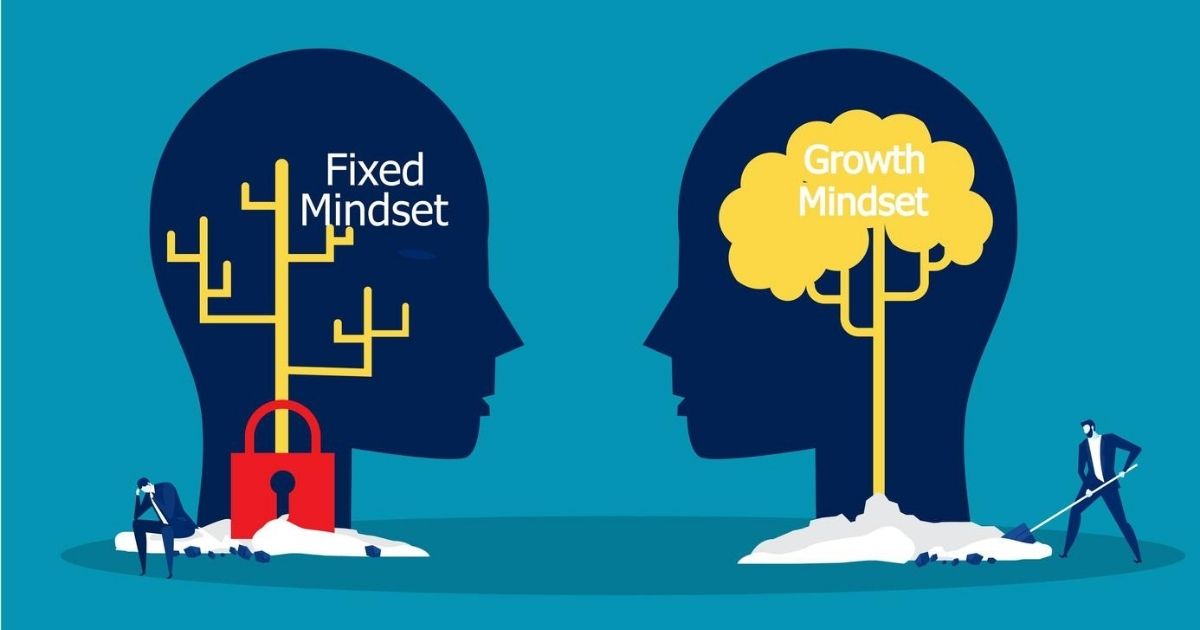
Skillset
If Mindset is the foundation, then Skillset is the skills a person needs to achieve their goals. Skillset includes hard skills and soft skills.
Example:
- A good programmer needs to know many programming languages like Python, Java (hard skills), but also needs communication skills to work effectively in teams (soft skills).
- A leader needs not only management skills but also the ability to inspire employees.
- A student wanting a good job needs not only a degree but also practical skills such as communication, critical thinking, and teamwork.
- A company wanting to compete needs to improve its skills in marketing, financial management, and technology.
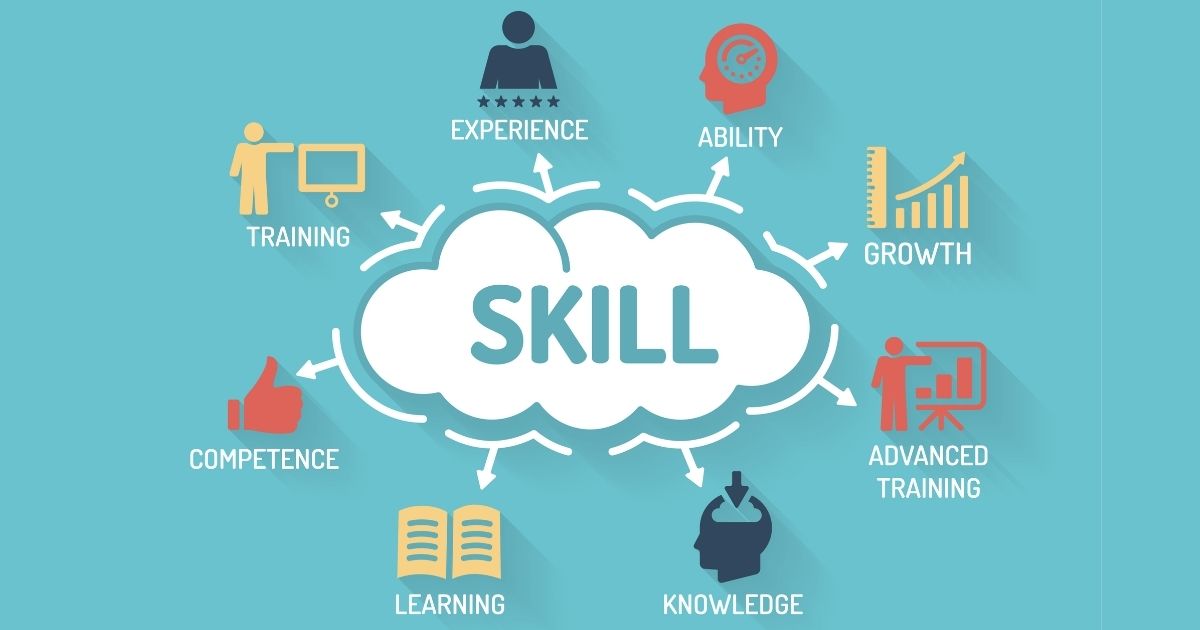
Toolset
A toolset is a collection of tools, software, and technologies that help someone work more effectively. Even with strong thinking and good skills, if you don't use the right tools, your work performance can still be limited.
Example:
- A designer needs tools like Photoshop and Figma for graphic design.
- A marketer needs Google Analytics and Facebook Ads to optimize advertising campaigns.
- A project manager can use Trello and Asana to track project progress.
- A teacher can use tools like Zoom and Google Classroom to teach online more effectively.
- An office worker can use ChatGPT to quickly find information and assist with work.
Mindset, Skillset, and Toolset: The Effective Tripod for Modern Leaders
In a constantly changing world, a leader cannot rely solely on experience or power for success. Instead, they need to develop comprehensively through Mindset, Skillset, and Toolset – three crucial elements forming a solid foundation for effective leadership. Similarly, Jacob M. Engel (Yeda LLC) also emphasizes that these are the critical factors a leader must understand.
Mindset determines the direction, driving the willingness to learn and grow.
Mindset acts as a compass, helping leaders have a correct perspective and a willingness to learn and grow. A strong mindset helps them face challenges, seize opportunities, and make sound decisions.
- Identify a vision: A leader with a Growth Mindset will not only focus on short-term results but also build long-term strategies. They believe that abilities can be improved through learning and experience.
- Create a learning culture: Mindset does not only affect individuals but also spreads to the team. A leader with the right mindset will encourage employees to grow together, creating a creative and innovative environment.
- Maintain spirits during crises: Leaders with a positive mindset and quick adaptability will easily find solutions when facing crises, instead of panicking or blaming others.
Skillset is the means to achieve goals and create real value.
If Mindset is the compass, then Skillset is the means to help leaders realize their vision. A good mindset but without appropriate skills is like someone knowing the way but having no means to get there.
- Strategic thinking skills: Knowing how to analyze the market, plan strategies, predict trends,...
- Communication and persuasion skills: Help to convey the vision, motivate employees, and negotiate with partners.
- Decision-making skills: A good leader must be able to quickly assess situations and make sound decisions.
- Human resource management skills: Building an effective team, boosting morale, and creating a positive corporate culture.
- Financial skills: Knowing how to control cash flow, allocate budgets reasonably to ensure sustainable development.
Toolset helps optimize performance, enabling faster and more efficient work.
In the digital age, a leader needs not only a good mindset and skills but also to leverage technology to optimize work. Toolset helps accelerate processing speed, minimize errors, and improve work performance.
- Work management tools: Trello, Asana, Notion help organize and track project progress effectively.
- Online communication and meeting tools: Zoom, Slack, Microsoft Teams help connect teams regardless of location.
- Data analysis tools: Power BI, Google Analytics help make decisions based on real data.
- Financial and accounting tools: QuickBooks, Xero help manage business finances more easily.
- AI tools to assist with work: ChatGPT, Jasper AI help optimize content writing, data analysis, and automate processes.
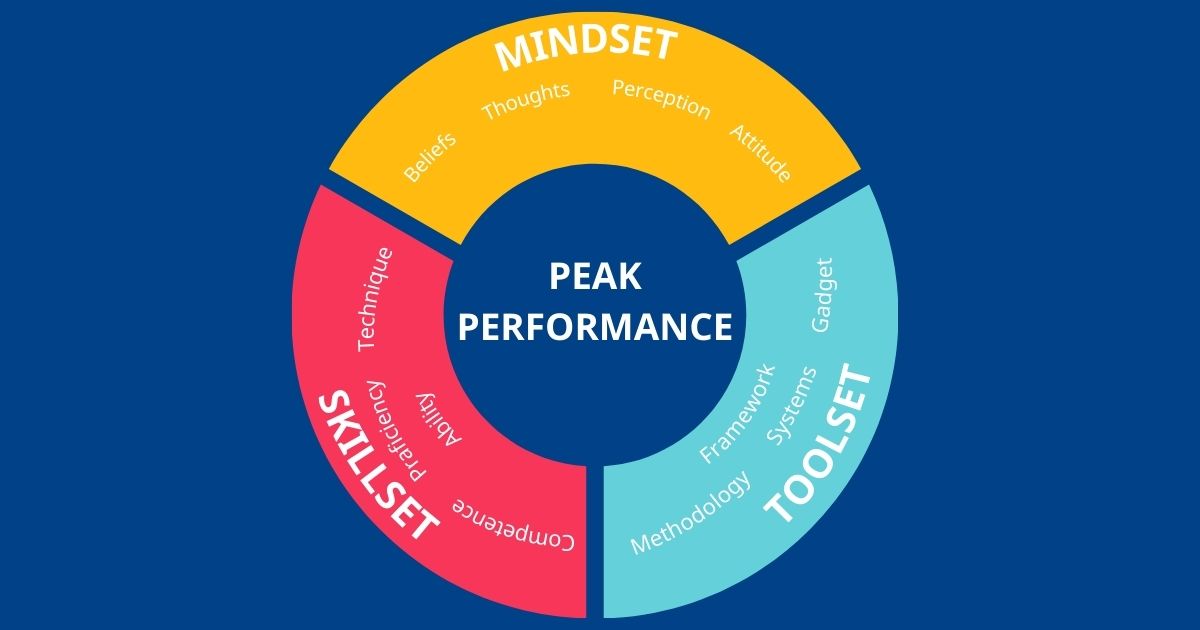
What if one of these three elements is missing?
Like a three-legged stool, if one "leg" is missing, balance is disrupted, leading to decreased performance and difficulty steering the organization effectively through challenges.
|
Situations |
Mindset |
Skillset |
Toolset |
Results |
|
Employees unwilling to learn |
❌ |
✅ |
✅ |
Stagnant, vulnerable to elimination |
|
Leaders skilled in strategy but lacking practical skills |
✅ |
❌ |
✅ |
Good ideas but no implementation |
|
Manual workers, failing to leverage technology |
✅ |
✅ |
❌ |
Poor performance, unable to compete |
Lack of Mindset – Having skills and tools but lacking the right mindset
Consequences:
- Lack of growth mindset, easily discouraged, and unwilling to learn.
- Easily limited by fixed thinking, not daring to innovate, create.
- May possess strong skills and good tools but fail to use them to achieve greater goals.
Real-life Examples:
- Skilled employees unwilling to progress: An employee with advanced technical skills, proficient in work tools, but with a fixed mindset, unwilling to learn more. This causes stagnation in their careers and vulnerability to elimination when the market changes.
- Businesses with sufficient technology but lacking innovative thinking: A company with talented personnel and advanced technology, but leaders lacking a growth mindset, not daring to innovate business models. As a result, they are gradually surpassed by competitors. Nokia is an example when it failed to adapt to the changing smartphone technology.
Solutions:
- Cultivate an open mind, be willing to learn.
- View mistakes as opportunities for improvement.
- Set larger goals instead of being satisfied with the present.
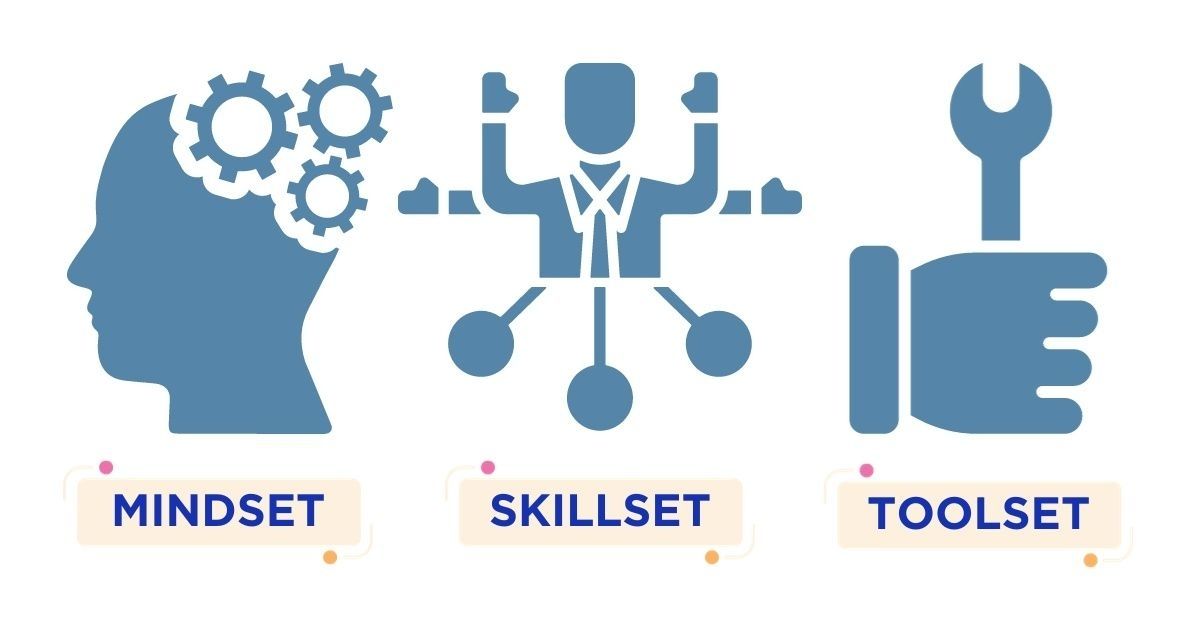
Lack of Skillset – Having mindset and tools but lacking skills
Consequences:
- Difficulty performing tasks due to lack of knowledge and technical skills.
- Inability to translate creative thinking into practical action.
- Despite having support tools, inability to utilize them effectively.
Real-life Examples:
- Person with good thinking but lacking skills: A person with innovative thinking, wanting to start a business, but lacking financial management, marketing, and sales skills. Despite having good ideas and supportive technology, they still fail due to a lack of capacity to run a business.
- Leader with vision but lacking management skills: A CEO with a forward-thinking mindset but lacking team management skills, leading to organizational chaos. Employees lack clear direction, work inefficiently, and the organization gradually loses its competitiveness.
Solution:
- Continuously learn and improve professional skills.
- Combine theory with practice to enhance practical ability.
- Learn from experienced people to improve skills.
Lack of Toolset – Having mindset and skills but lacking the tools
Consequence:
- Low work efficiency due to spending excessive time on tasks that can be optimized with tools.
- Limited development potential due to a failure to leverage technology.
- Easily fall behind those who effectively utilize tools and technologies.
Real-life Examples:
- Skilled employee who works manually: An accountant with good thinking and strong skills but still enters data manually instead of using automation software like Excel or SAP. This makes the work take longer and increases the risk of errors.
- Business with a good strategy but not using technology: A company with an effective business plan but not using CRM (customer relationship management), marketing automation, or data analytics. As a result, they cannot expand as quickly as their competitors.
Solution:
- Learn and apply appropriate technology to improve efficiency.
- Use supporting tools to save time and reduce errors.
- Invest in systems and software that automate work processes.
In today's world, knowledge or skills alone are not enough. An individual or organization seeking sustainable development needs the right Mindset, the appropriate Skillset, and effective Toolset. This trio is crucial for continuous growth and achieving success in both work and life.




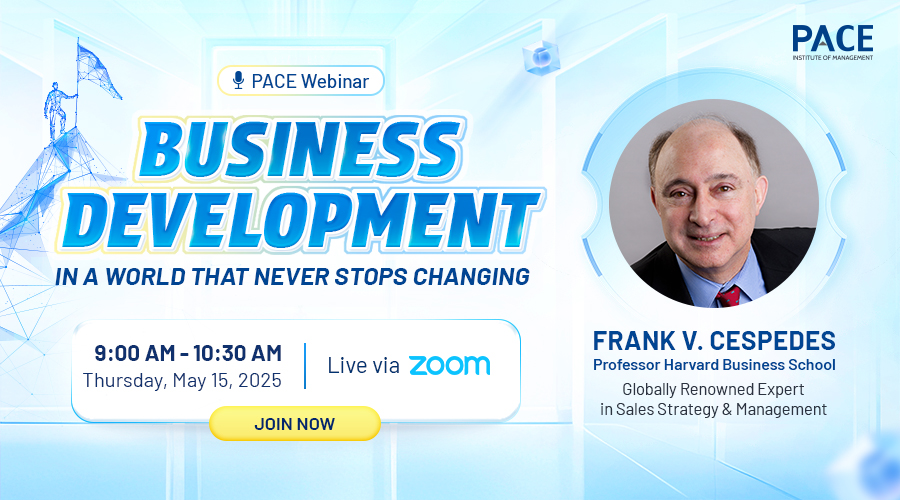

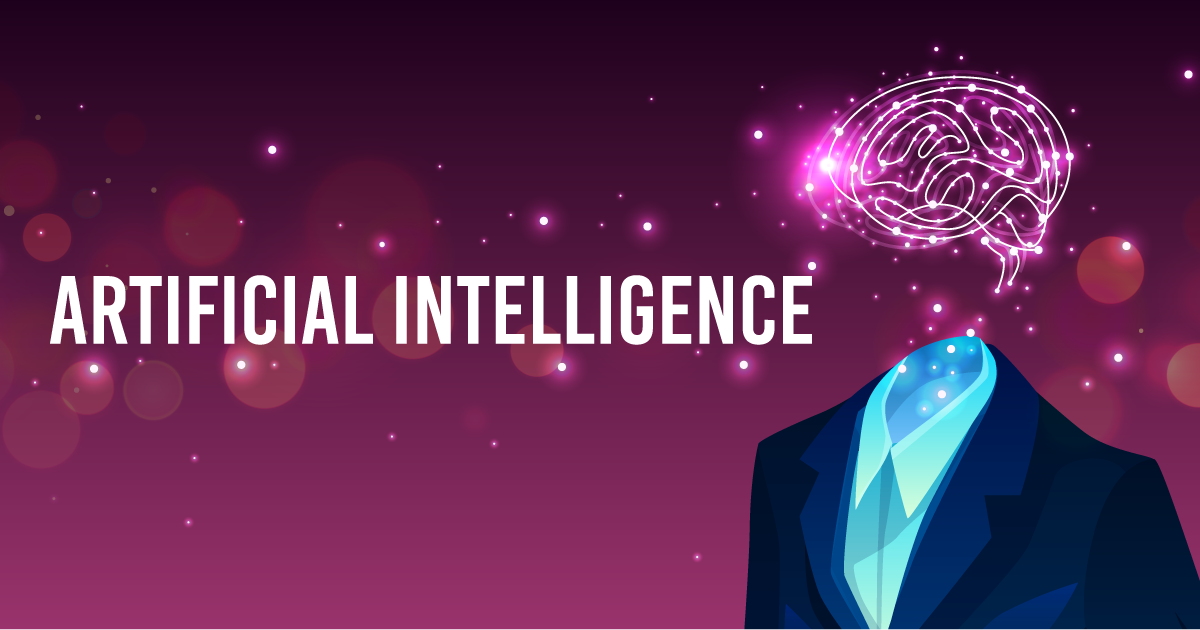
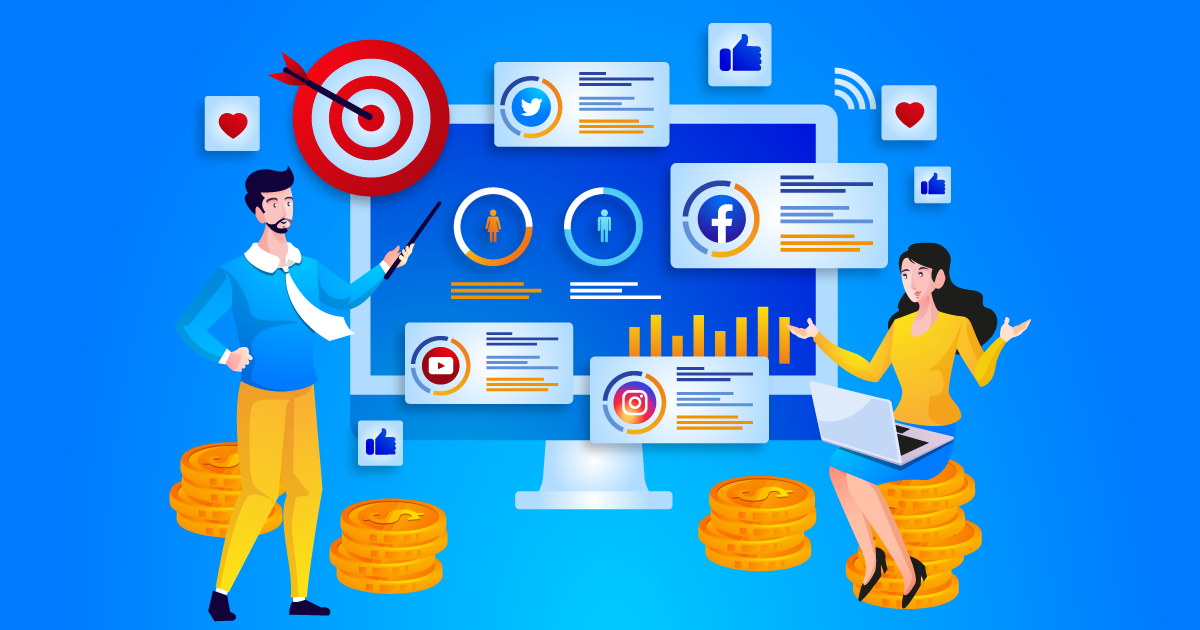
.jpg)
.jpg)

